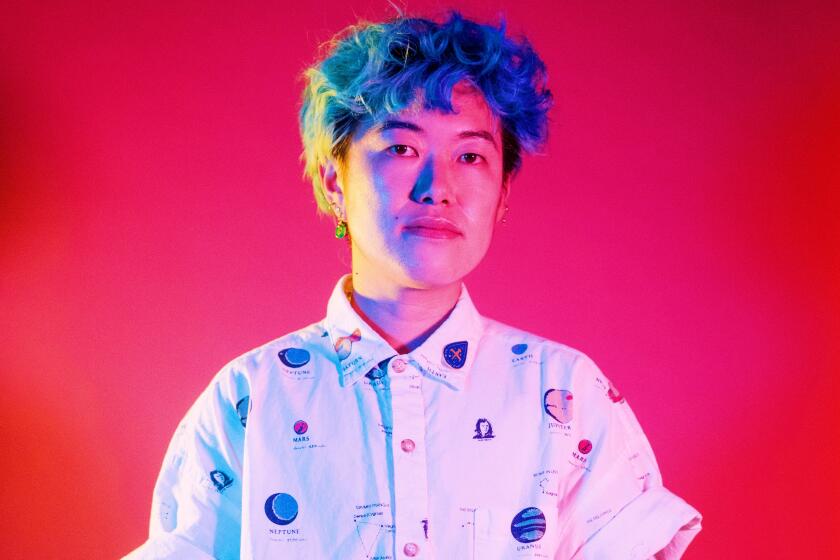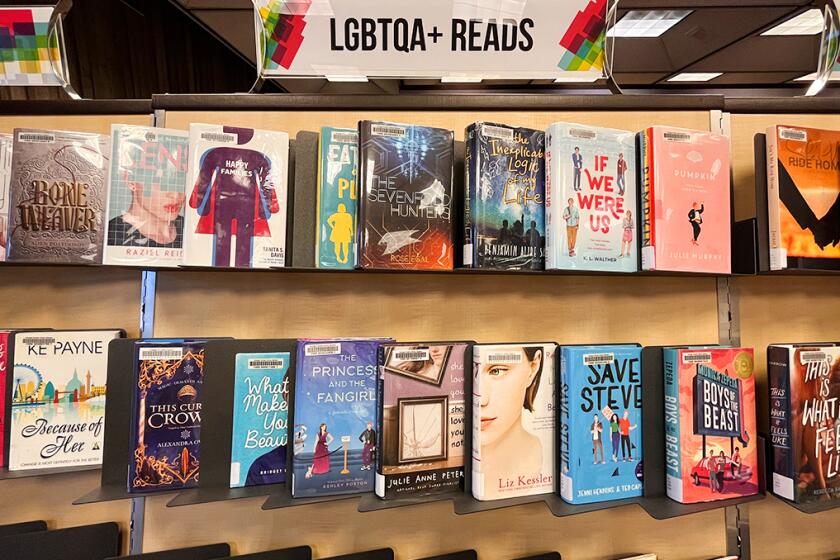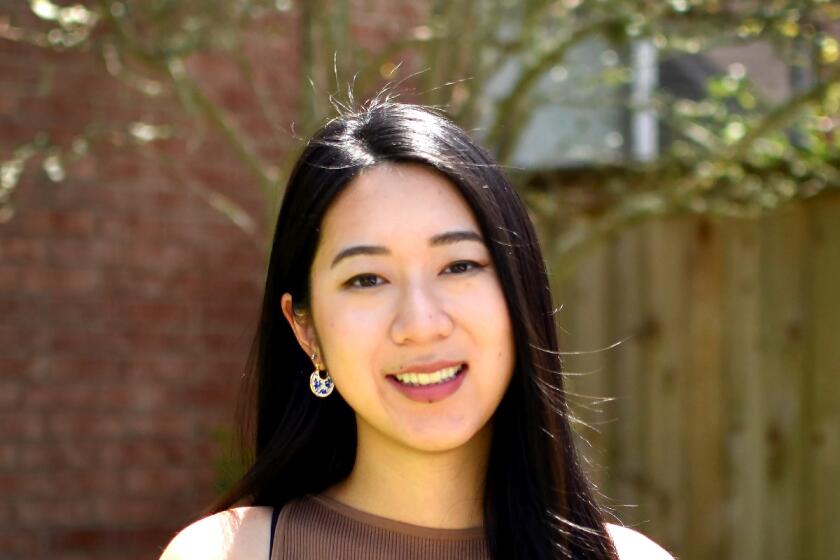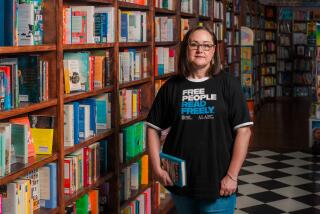This Stanford senior already has two YA novels out. Will her native Florida ban them?
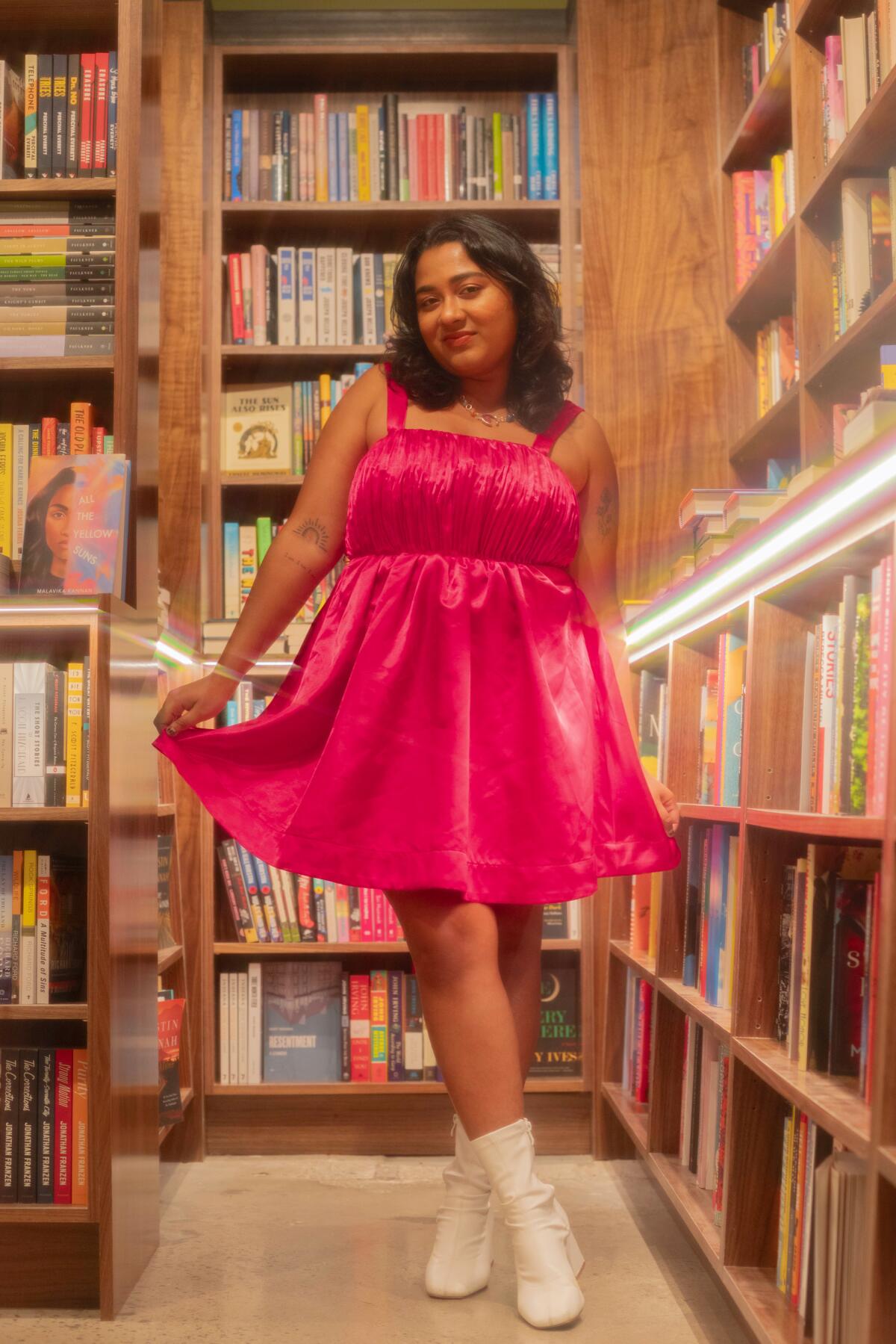
On the Shelf
All the Yellow Suns
By Malavika Kannan
Little Brown: 384 pages, $19
If you buy books linked on our site, The Times may earn a commission from Bookshop.org, whose fees support independent bookstores.
Malavika Kannan began her journey as a writer in the third grade, using a medium that’s launched a few big names: fan fiction. A dozen years later, now a rising senior at Stanford University, Kannan is already out with her second novel, “All the Yellow Suns.”
To get an idea of what you’re in for with the queer coming-of-age YA novel, imagine the Mindy Kaling TV series “Never Have I Ever” having a “pandemic baby” (as Kannan calls the book) with Zora Neale Hurston’s “Their Eyes Were Watching God.”
“Yellow Suns” focuses on Mayavati (Maya) Krishnan, a visual artist who shares Kannan’s Tamil American upbringing, her bold spirit and the challenges of growing up queer in Florida. Maya finds inspiration for her rebellious paintings in an enigmatic, white and wealthy classmate, Juneau Zale.
Starting off in Citrus Grove, Fla., and crisscrossing the country to San Francisco, the novel is about the uniquely magnetic experience of a forbidden first love, as well as the blurring of boundaries between activism and vandalism.
Lio Min’s ‘Beating Heart Baby’ follows two boys who meet online and ultimately grapples with the joys and perils of making public art.
Kannan’s first novel, “The Bookweaver’s Daughter,” was published in 2020 (when she was 19). She spoke with The Times recently about Florida’s war on books like hers, how life is different in California and how she finds time to study and write. The conversation has been edited for length and clarity.
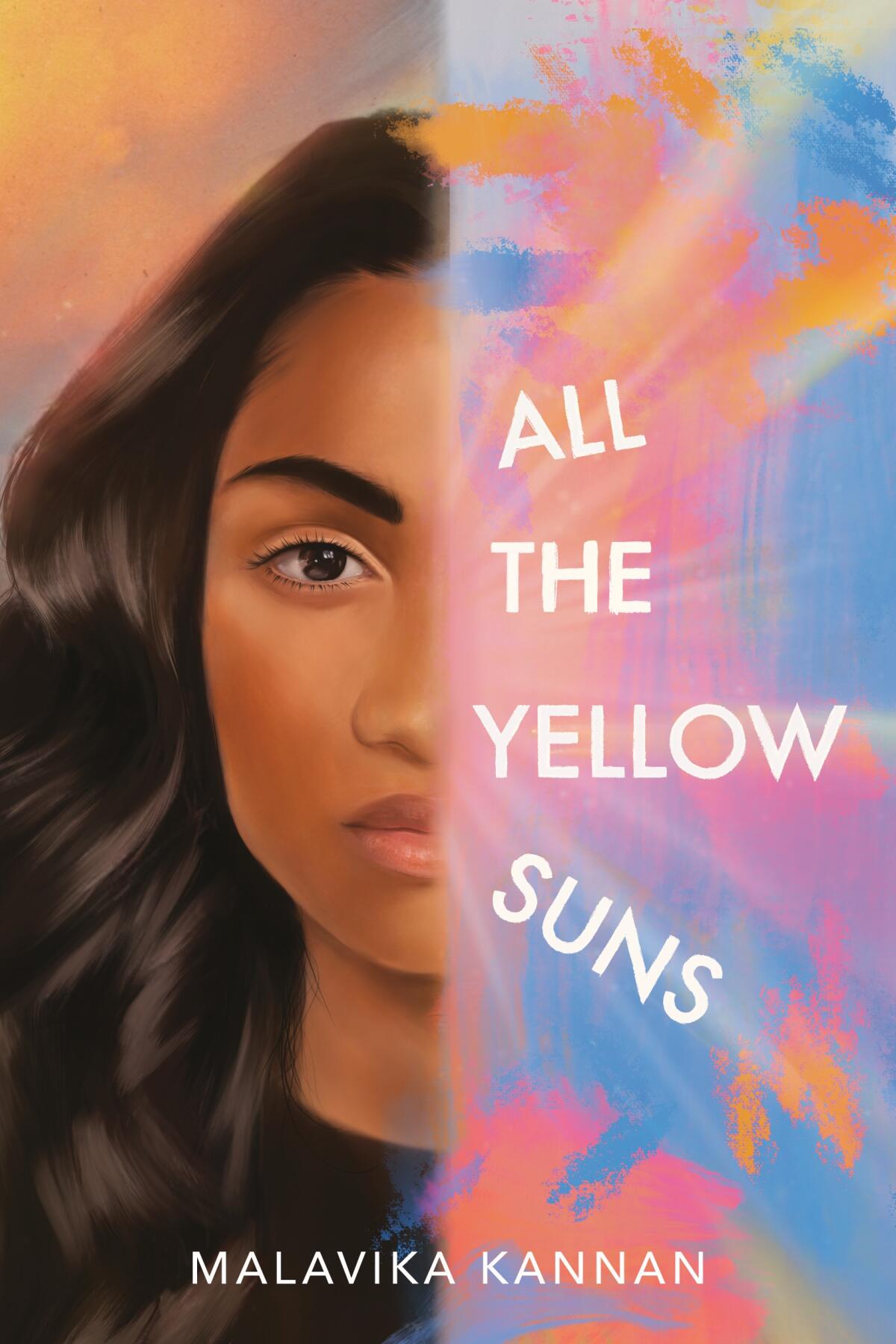
During the COVID-19 pandemic school year, you took a gap year from Stanford and lived with your friends. How did that experience shape “All the Yellow Suns”?
COVID-19 was the weirdest, worst and best time to be writing a book. At first, because people were literally dying around us, it felt so frivolous to be thinking about fiction and made-up worlds. But then I thought about how much comfort storytelling brought to people during lockdown. I turned 20 during the pandemic, and the moment I stopped being a teenager, I felt like a switch had turned on in my brain. When I first started writing “All the Yellow Suns,” in high school, I related so closely to Maya that the writing process felt autobiographical. But by the time I finished it in 2021, I felt like Maya was my little sister. I had outgrown her, and I felt tenderly protective of her. But I wasn’t her.
“Yellow Suns” features high-schoolers experimenting with sex, drugs and some serious violations of the law. How do you feel about books like this being targeted or banned?
It’s terrible and deeply heartbreaking to see the censorship and other attacks on queer kids, kids of color and more in my home state. I put my whole heart in this book, and I want people to be able to read it. At the same time, I think young people are a lot more creative than we’re given credit for, and we will continue reading (and living) lives that feel authentic to us. Places like TikTok will continue to serve as places for education and community. Communities of color and queer communities have thrived in Florida despite [a lack of] state support, and I know we will continue pushing back despite book bans.
As attempts to ban or restrict books reach a record high in the U.S., public libraries and school districts have become new battlegrounds for the nation’s ever-present culture wars.
You’ve now lived in California for three years. How has that changed you?
California has a beautiful, rich history of queer activism and art that’s helped me blossom into my identity. I read a lot of Michelle Tea, who is like the lesbian literary queen of California, while writing “All the Yellow Suns.” I think that moving to California has helped me appreciate and connect to Florida. It reminds me a lot of home, since they’re both racially diverse, ecologically beautiful states with lots of sun.
At the same time, I’ve felt saddened by how many Californians write off Florida, and the South more generally, as a hopeless place. My associations with Florida are really weighed down by gun violence, which I spent most of high school organizing against, and queer repression. But people in the South are resilient, especially Black and brown activists, and that’s shaped my politics.
Last year, Stanford medical student and author Grace Li published “Portrait of a Thief,” which was optioned by Netflix. How did that book shape your novel?
I’m grateful to Grace for being my conversation partner. I look up to her a lot as a writer and big sister figure. I think Grace’s brilliant heist novel has inspired me to push my own imagination about how Asian American identity can animate new genres beyond just literary or typical immigrant fiction.
Have you been influenced specifically by Indian Americans in the worlds of art and entertainment?
This book is based on my own experiences growing up in Florida and so many of my friends and classmates too. Some people I really look up to include Maitreyi Ramakrishnan, Abby Govindan, Kuhoo Verma, Sri Ramesh, Kavya Borra — and so many other young artists.
Grace Li’s debut novel, “Portrait of a Thief,” blends action with a thoughtful exploration of colonialism and Chinese identity.
Publishing a book in college — never mind two — is pretty unusual. Why did you decide to get started so early?
Writing has always been the way I process the world, and I’ve been fortunate to have the opportunity to have a publisher take a chance on me. I don’t worry too much about my age. To me, that it’s just another lens that impacts how I see the world, not unlike other aspects of my identity. As I grow and change, I expect my writing voice to change too, which it already has a lot.
How do you prevent burnout while juggling fiction writing with being a full-time undergraduate at Stanford?
I struggle with my mental health. I don’t think there’s a magic formula to avoiding burnout in an actively very brutal world of capitalism. I guess I find a lot of joy and comfort in my friends and loved ones, in books, food and the outdoors. I don’t think it’s a question of conscious effort as much as having the privilege to not have to worry about the things that lots of people must, like taking care of my family or ensuring my daily survival. I hope I can move through the process with lots of intentionality and grace.
Ram is a recent graduate of Duke University, originally from Iowa City, Iowa.
More to Read
Sign up for our Book Club newsletter
Get the latest news, events and more from the Los Angeles Times Book Club, and help us get L.A. reading and talking.
You may occasionally receive promotional content from the Los Angeles Times.
